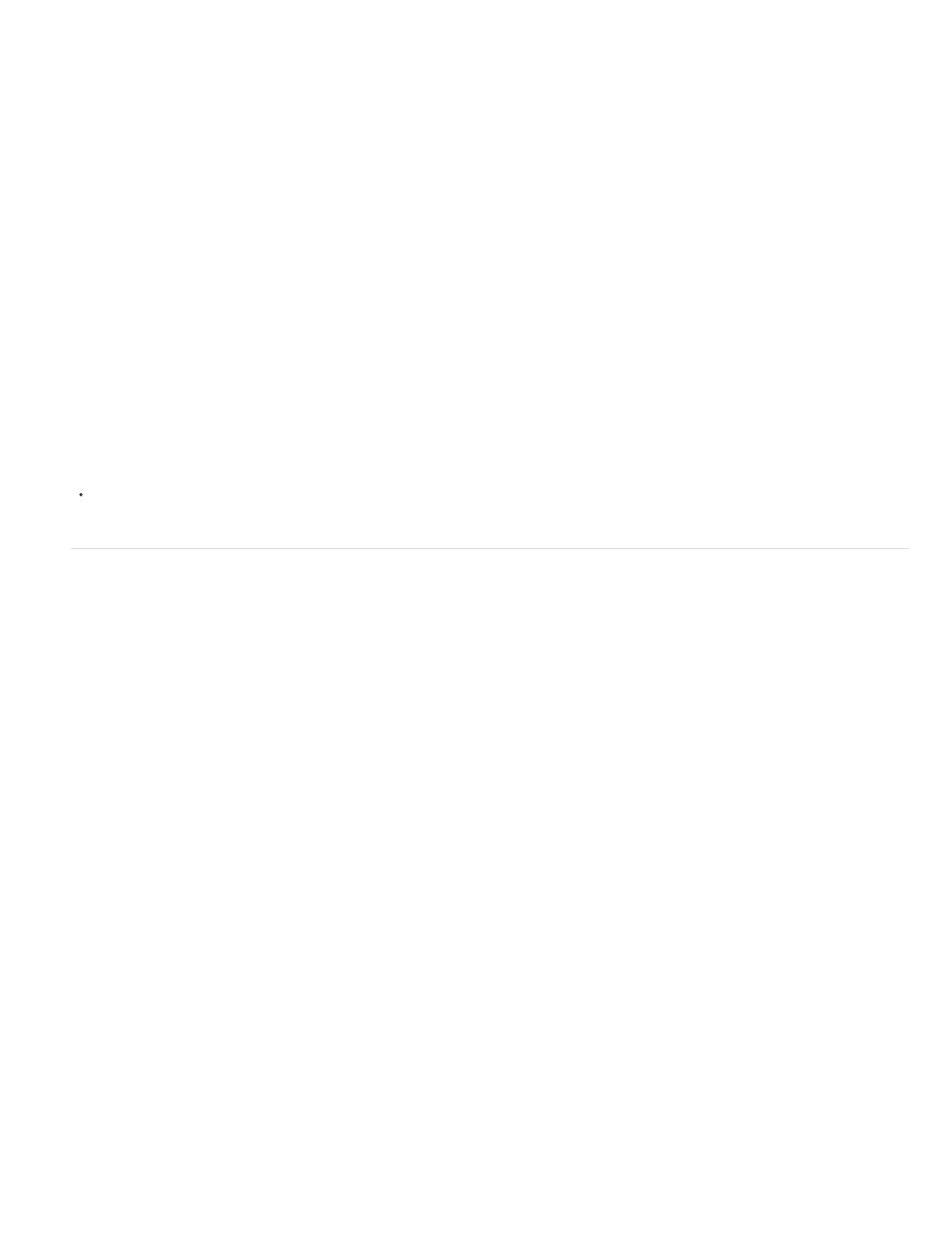Navigate in a sequence – Adobe Premiere Pro CC v.7.xx User Manual
Page 299

Open additional Timeline panels
You can open more than one Timeline panel if you have more than one sequence in a project.
1. Open more than one sequence. For more information about opening sequences see Open a sequence.
Each will appear in its own tab in the default Timeline panel.
2. Drag a sequence tab and drop it into another docking area.
The sequence tab appears in a new Timeline panel.
Open a sequence in a Timeline panel
You can open one or more sequences in a Timeline panel.
In the Project panel, double-click the sequence you want to open.
Navigate in a sequence
A Timeline panel contains several controls for moving through the frames of a sequence.
Time ruler
Measures sequence time horizontally. Tick marks and numbers indicating the sequence time are displayed along the ruler and change according
to the level of detail at which you view the sequence. By default these tick marks and numbers are based on the timecode display style specified
in the Display Format field of the New Sequence dialog box (although you may toggle to a counting method based on audio samples). Time ruler
numbers are off by default. Enable timecode numbers by selecting Time Ruler Numbers in the Timeline panel menu. The time ruler also displays
icons for markers and the sequence In and Out points.
Playhead
(Formerly called the Current-Time Indicator or CTI.). Indicates the current frame displayed in the Program Monitor. The current frame displays in
the Program Monitor. The playhead is an orange triangle in the ruler. A vertical line extends from the playhead to the bottom of the time ruler. You
can change the current time by dragging the playhead.
Current time display
Shows the timecode for the current frame in a Timeline panel. To move to a different time, click in the time display and enter a new time, or place
the pointer over the display and drag left or right. You can change the display between timecode and the simple frame count by Ctrl-clicking
(Windows) or command-clicking (Mac OS) the current time in either a monitor or a Timeline panel.
Zoom scroll bar
Located at the bottom of the Timeline panel, this bar corresponds with the visible area of the time ruler in the Timeline. The Source Monitor, and
Program Monitor also have zoom scroll bars. You can drag the handles to change the width of the bar and change the scale of the time ruler.
Expanding the bar to its maximum width reveals the entire duration of the time ruler. Contracting the bar zooms in for a more detailed view of the
ruler. Expanding and contracting the bar is centered on the playhead. By positioning the mouse over the bar, you can scroll the mouse wheel to
expand and contract the bar. You can also scroll the mouse wheel in the areas outside of the bars for the same expanding and contracting
behavior. By dragging the center of the bar, you can scroll the visible part of a time ruler without changing its scale. When you drag bar, you are
not moving the playhead, however, you can move the bar and then click in the time ruler to move the playhead to the same area as the bar.
Gestures for Mac OS are supported for the zoom scroll bar.
Work area bar
Specifies the area of the sequence that you want to render previews, or to define a region you plan to export. The work area bar is located in the
lower portion of the time ruler. You can drag the edges of the work area bar, or use keyboard shortcuts to set the work area in a sequence. For
details, see
302